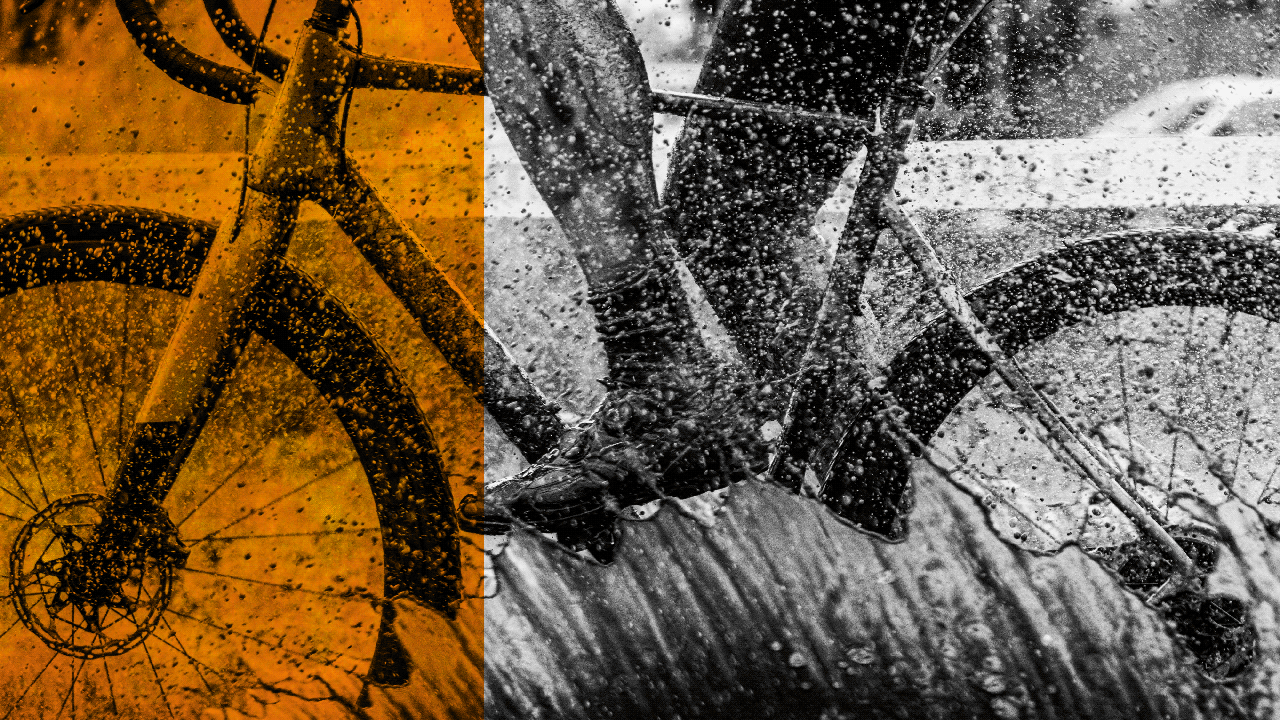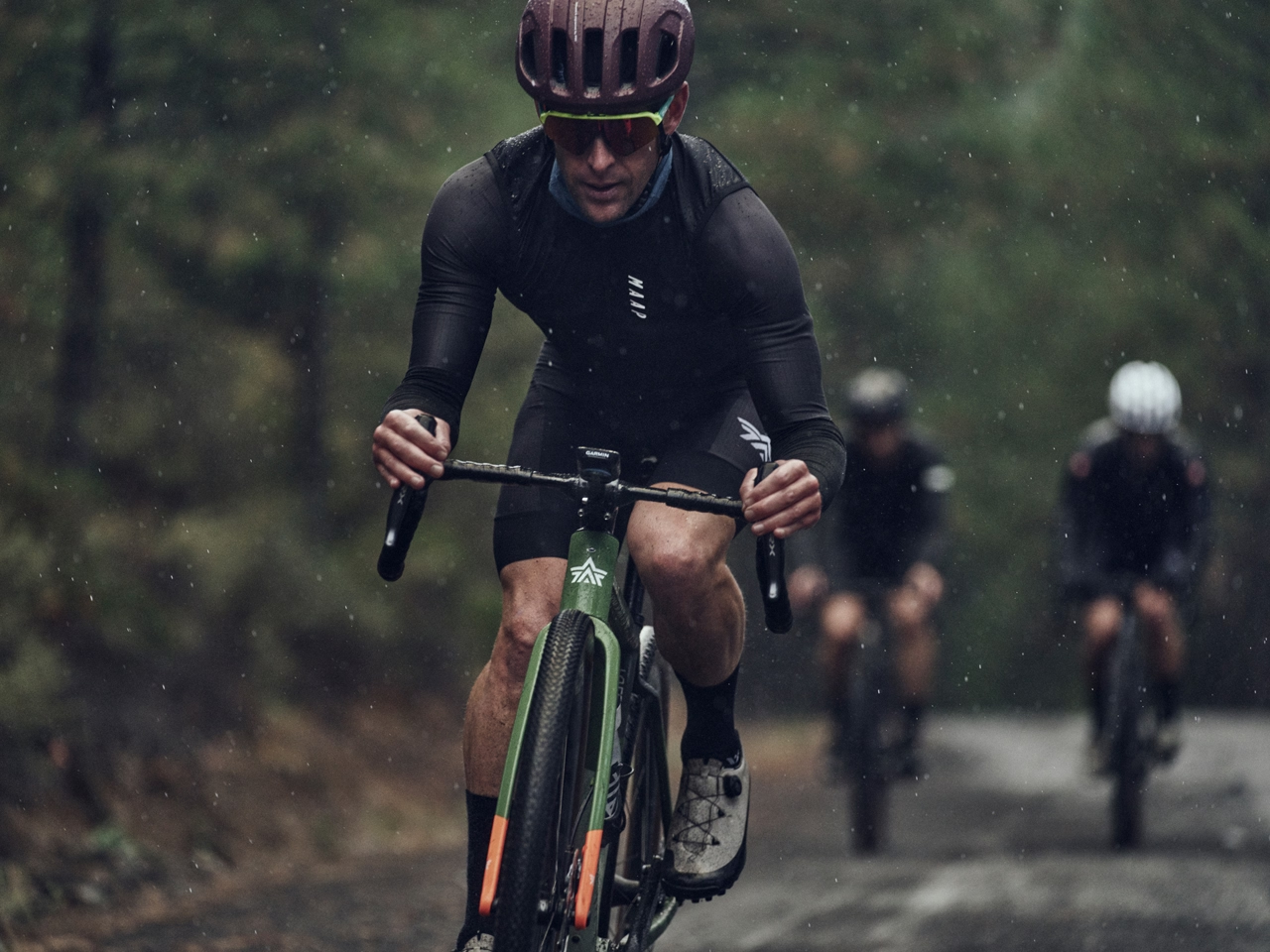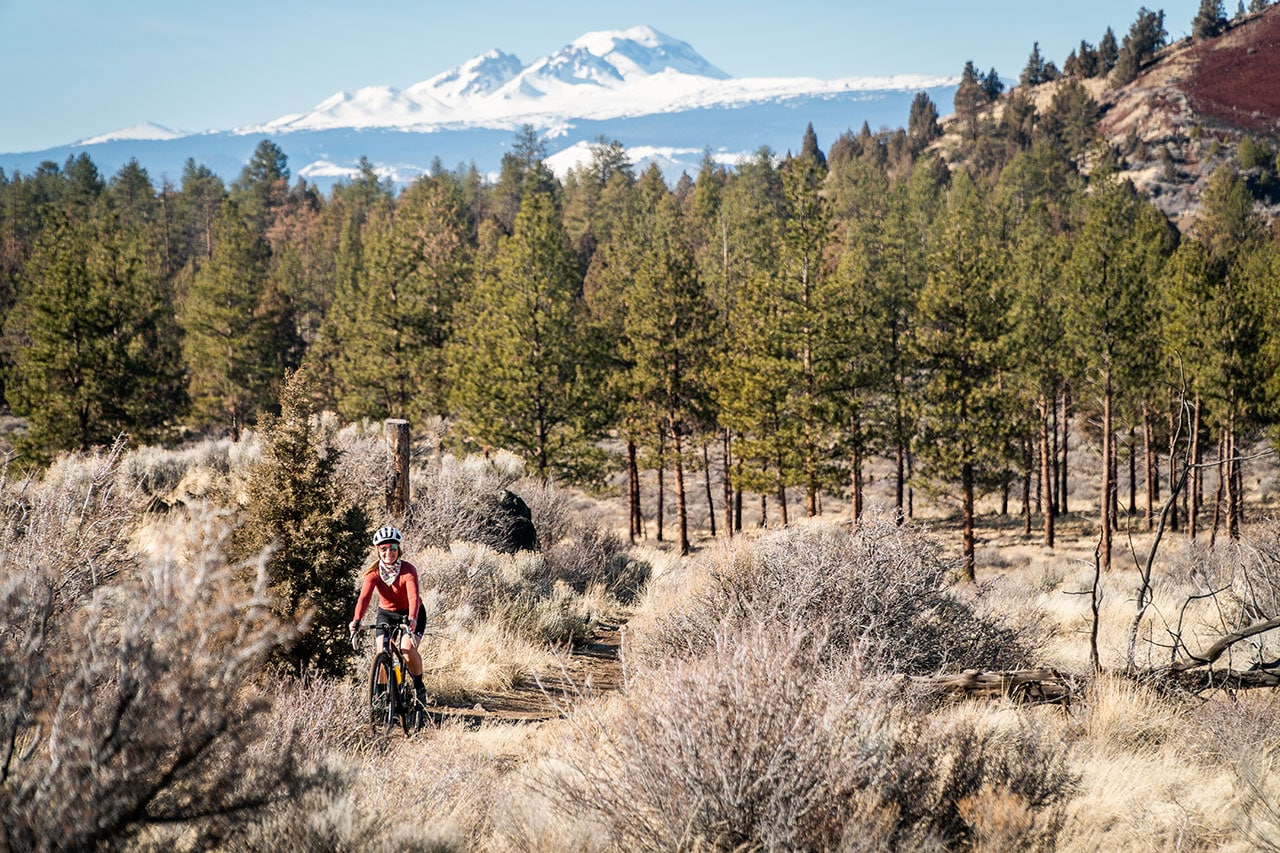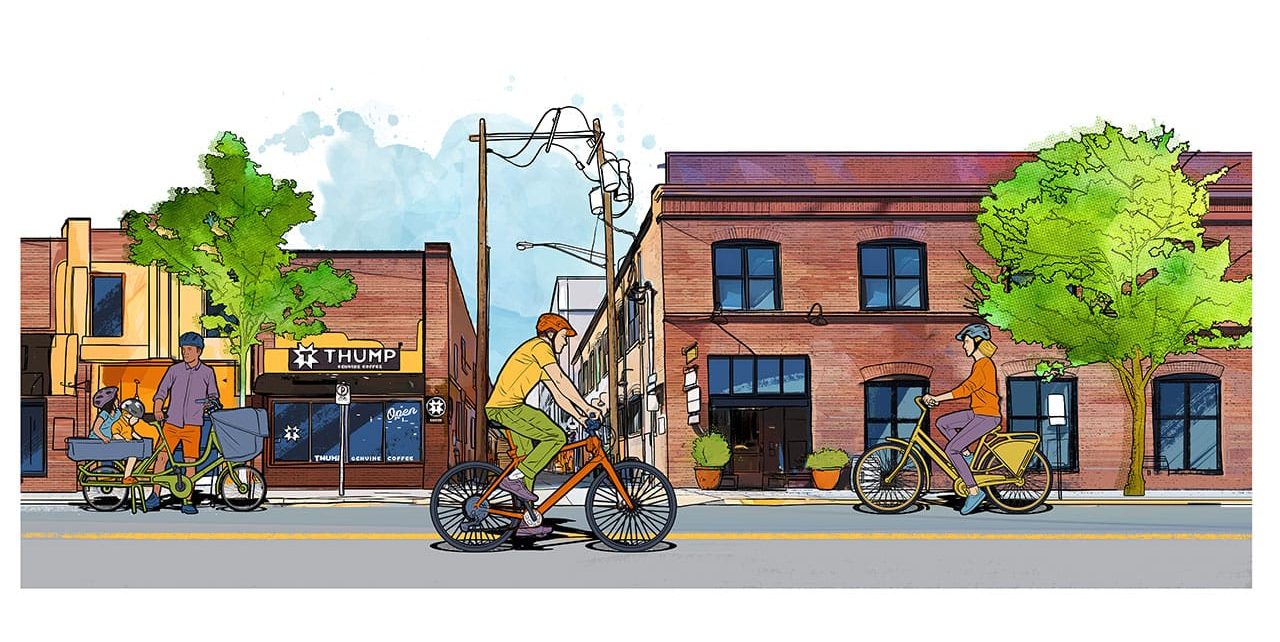Every Thursday evening, a race course is set on the grounds of The Athletic Club of Bend. Tires are squeezed by thumbs to check air pressure, riders line up and a starting whistle blows. There are battles among friends and between strangers. Crashes happen. The beer tent erupts in cheers. Somebody wins. Six-packs of IPA are handed out as prizes. High fives are slapped. Then the course markings are gone before the dust even settles. Each September, the Thrilla Cyclocross Series has been the heart of casual bike racing here in Bend for 20 years.
Deschutes Brewery fields one of the largest teams at the local events. Some of their racers are serious athletes. Some are serious beer experts. Some aren’t serious at all—and that’s the point. Their spirit is core to local ‘cross, where it’s more about community than about rankings. Sure, some come to win. But more show up for sunset beers in a makeshift beer garden, to reconnect with dusty-faced friends at the close of a too-busy summer. Here, the efforts of racing are like dues to a social club.
Cyclocross is as fun as ever, but field numbers in America aren’t what they used to be. Portland’s Cross Crusade, the largest CX series in the world in terms of participation, has seen numbers decline from the 1,400-rider start lists at their peak to about half of that during the past several years. There are half as many UCI (Union Cycliste Internationale) level races in the United States today as there were five years ago.
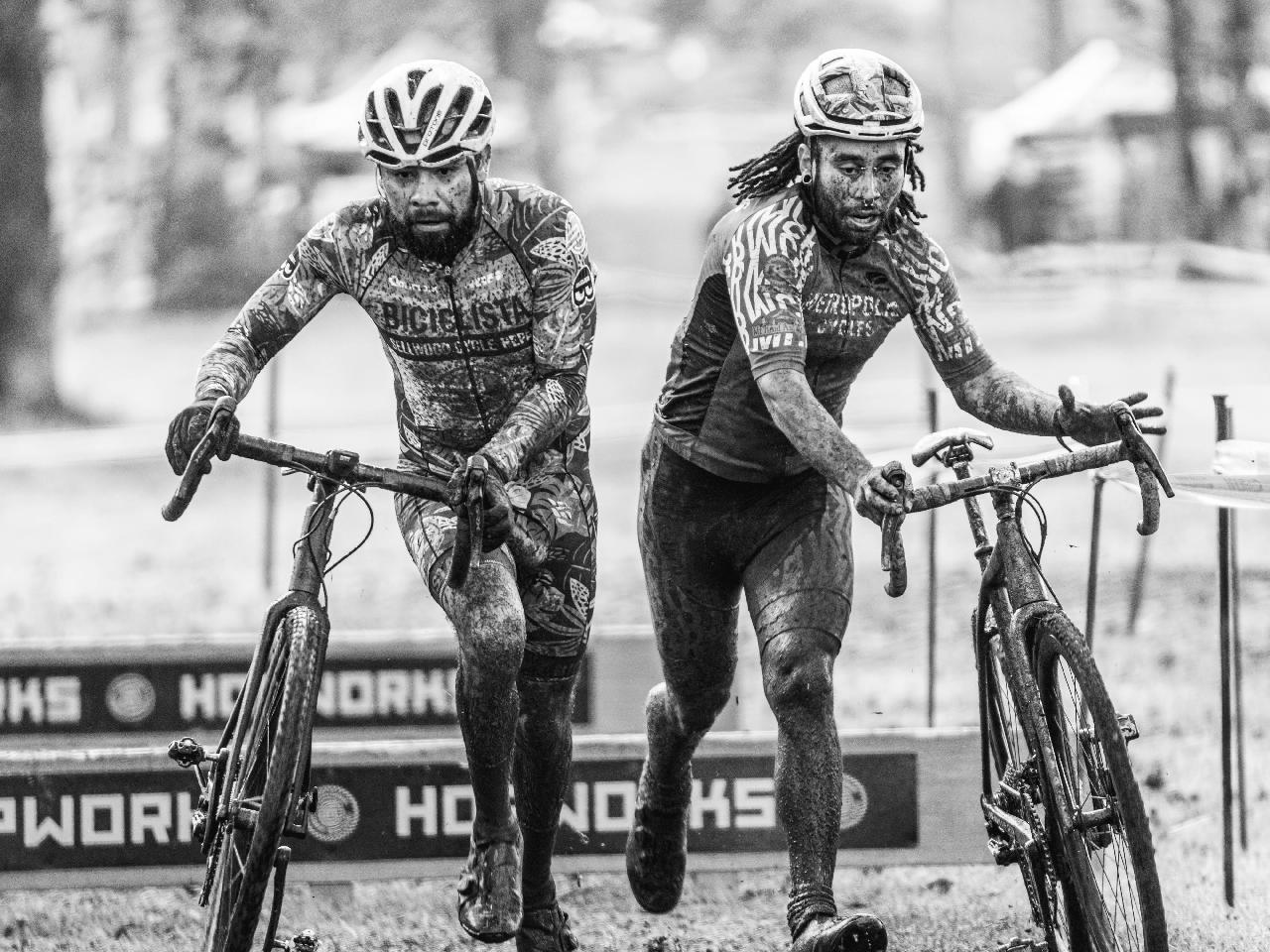
What happened to the juggernaut that was American Cyclocross?
In a word, gravel. Gravel is—to borrow a refrain from Zoolander’s Mugatu—”so hot right now.”
And there are plenty of reasons why: once quiet road rides feel choked with distracted drivers, and vast improvements in gravel equipment have made soft-roading easier than ever. Not to mention the collective aging-out of a generation of mountain bike riders who are losing their desire to “get gnarly” and finding a desire to just “get out there.” Of course, the global pandemic didn’t hurt the gravel movement either. With moratoriums on events and a sudden aversion to groups, we had more need than ever to escape the crowd, and gravel helped satisfy that urge for many. The wide open spaces of America—and of Central Oregon, in particular—had never been so attractive as from a bicycle during COVID.
When the worst of the pandemic was over, and bicycle racing began to reappear, racers were eager to return to competition but had only been doing long, solitary days in the saddle. Gravel races—generally long, scenic, soft-road affairs—quickly assumed the mantle of “new normal” competition for many. And the more epic (read: longer) they were, the hungrier racers were for them. A 205-mile gravel race in Kansas, Unbound Gravel, quickly rose to become the most important bicycle race in America today.
Gravel racing is awesome. (Read more about some gravel biking routes in Central Oregon.) It’s hard to deny the beauty in covering 50 to 100 miles of new terrain in a day, especially with the help of a pack of riders chasing a finish line. But does it have to be so damn long? At what point does more become less? Finishing a monument like Unbound Gravel, at 205 miles (the mid-length course, mind you) may be the ultimate challenge for some. But what happens next? Ride the 350-mile Unbound XL? When is enough, enough?
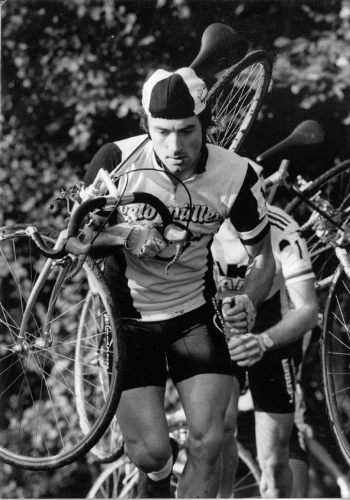
Marcel
Everybody knows his name.
A soft haze of late September dust lingers at a rutted corner in the farthest reaches of a cyclocross track. With half of the hour-long race over, the gaps between riders are largely established, but Marcel Russenburger stands alone here, barking encouragement to riders in his Swiss-German accent nevertheless. Pinot, his half-wild, blue-and-brown-eyed dog pulls unrelentingly at a too-long leash. Sixty-four years old, Marcel wears the clothes of a carpenter just done with a project, a few specs of sawdust in his bushy gray hair. Complementing his well-used denim work pants might be a purple fleece vest from some race he won in 1990. Because before he was a carpenter and a father and a spectator, he was a Cyclocross star. A man who finished fifth at the 1985 CX World Championships, representing Switzerland.
“Go Kalle, you can get him!” he shouts, emphatically. I doubt he is right, but I momentarily try harder. The least I can do is try a little harder. A few moments later I’ll hear a similar spur from Marcel to the rider chasing me. I might be one of his favorites, but he has a lot of favorites. His daughter, Sophie, is near the front of the women’s race tonight, but Marcel would have shown up to walk his dog and watch the races unfold regardless. Everybody knows Marcel. We are his people. And he is ours.
It’s time for a return to Cyclocross.
Where winning is winning, but losing might also be winning. Where ephemeral courses crop up in a park, or a pocket of fallow land around town. Where there are no personal bests, or course records, no awards ceremonies to wait for. Just people trying hard or not very hard at all on their bicycles for a little while. Trying in hopes of being first, or being proudly last, or just being better at something that’s difficult.
Several categories on course all at once ensure that casual spectators can’t really tell who’s winning or losing. That you’ve been lapped by the leaders (okay, twice) might hurt your ego at first, but nobody notices or cares. The crowd is enthusiastic and vocal, encouraging riders with light hearted heckling. Many of the spectators were racing an hour or two ago, and after a post-race recovery beer, they’re full of advice—good or bad. And they’re eager to share it.
A ‘cross race is the least intimidating introduction to bike racing there is. Aside from foot-tall wooden planks across the track, barriers to entry are few. Anybody over age 12 can compete at the Thrillas, and any bicycle will suffice. The races are short, and there’s no risk of getting lost or dying of exposure. You don’t have to be a nervous parent or a first-timer to appreciate these conveniences. Even as a pro, I’ve enjoyed spectating the final laps of races I’ve started—when equipment fails or the legs say, “maybe next week.” It’s a far cry from other disciplines that can leave you isolated for hours, riding for survival.
‘Cross is as shiny and relevant and authentic as ever. With the awkward return from COVID behind us, and diminishing returns from over-long gravel races looming, let’s look forward to what could be a Renaissance of cyclocross in coming years. If you like bikes or beer or people, maybe you’ll even decide to join the ranks. Your old gravel bike would work just fine.
Read more BIKING in Central Oregon with us.

